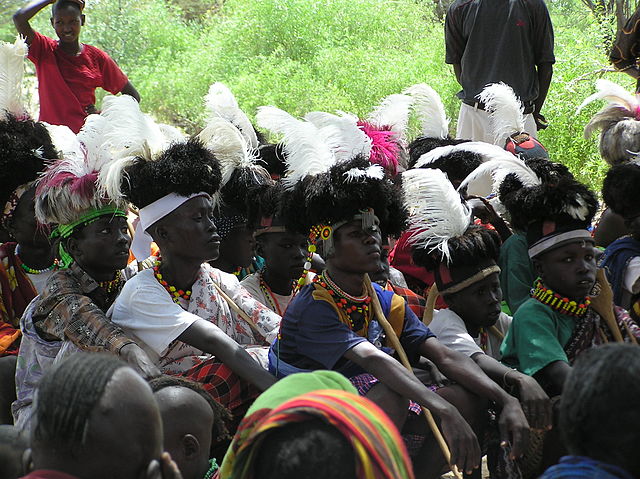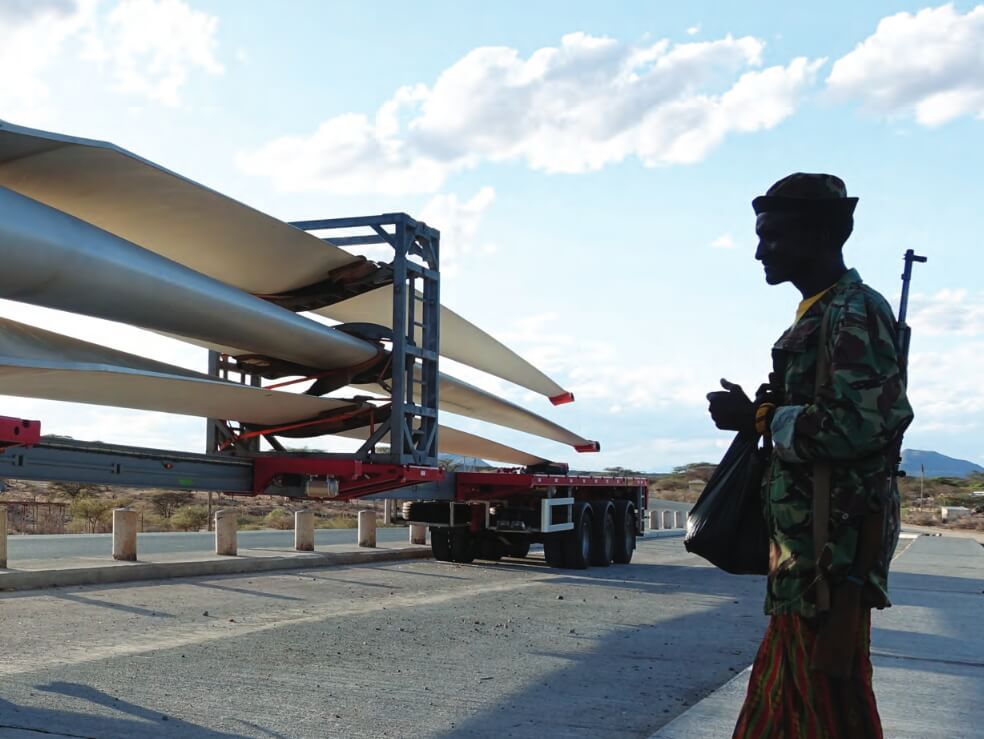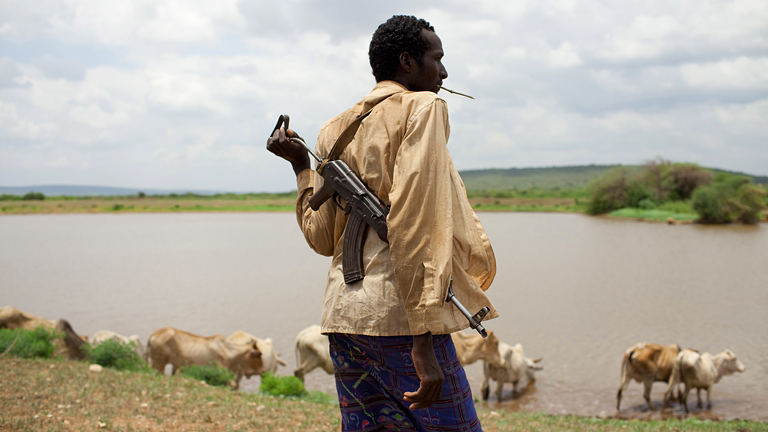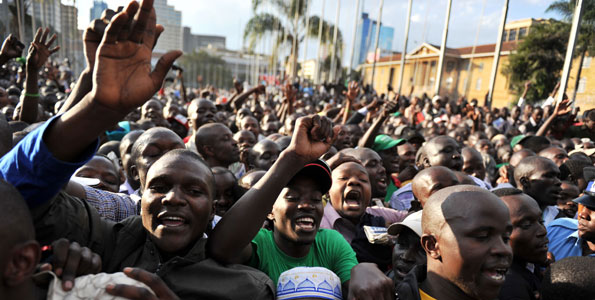 The Turkana Peoples are located in the Turkana District in northwest Kenya, a dry and hot region bordering Lake Turkana in the east, Uganda to the west, and Sudan and Ethiopia to the north. They refer to their land as Turkan.
The Turkana Peoples are located in the Turkana District in northwest Kenya, a dry and hot region bordering Lake Turkana in the east, Uganda to the west, and Sudan and Ethiopia to the north. They refer to their land as Turkan.
According to the 2009 Kenyan census, the Turkana number close to one million, or 2.5% of Kenyan population, which makes them the third largest Indigenous population in Kenya, after the Kalenjin and the Luo.
The Turkana are a monotheistic people. They believe in one God, known as Akuj. Akuj is the creator of the universe and to Akuj do all things belong. The Turkana call upon Akuj in times of great need. Akuj is invoked through prayers and chants and through animal sacrifices. The Turkana believe that Akuj is the source of all power and that no challenge is impossible when Akuj intervenes.
There was a relative long period of peace among indigenous communities around Turkana until the onset of European colonization of Africa. Sporadic conflicts involved Turkana fights against Arab , swahili and Abyssinian slave raiders and ivory traders. European colonization brought a new dimension to conflict with Turkana putting up a lasting resistance to a complex enemy, the British. The Turkana put up and maintained active resistance to British colonial advances leading to a passive presence of colonial administration. By the outbreak of WW I , few parts of Turkana had been put under colonial administration.
From WW I through to end of WW II, Turkana actively participated in the wars as allies of Britain against invading Italia. Turkana was used as the launching pad for the war against invading Italian forces leading to the liberation of Abyssinia.
After WW II, the British led disarmament and pacification campaigns in Turkana, leading to massive disruptions and dispossession of Turkana pastoralists. The colonial administration practiced a policy of deliberate segregation of Turkana people by categorizing Turkana Province as a closed district. This led to marginalization and underdevelopment in the lead up to Kenya’s independence.
Adapted from Wikipedia’s article on the Turkana peoples




